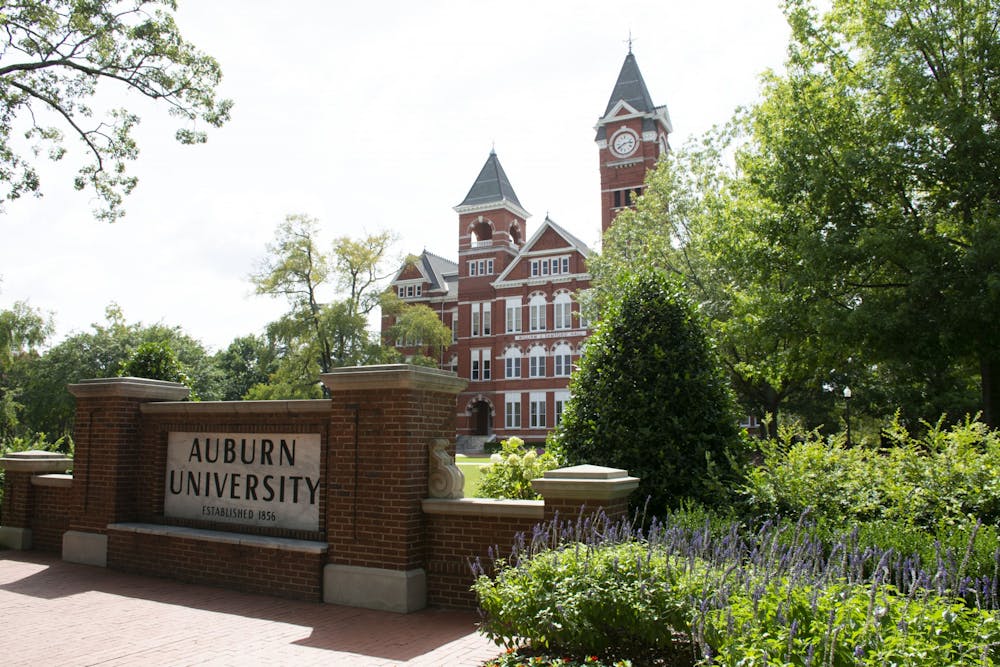An audio version of this story is available on Apple Podcasts, Soundcloud and Spotify.
A campus-wide email was sent to Auburn students and faculty on Friday, Nov. 6, in which the University said it “plans to offer more than 70% of its spring undergraduate courses face-to-face.” Professors and lecturers paint a different picture — they say they are not prepared for next semester, and they have a slew of concerns they believe the University administration has not acknowledged.
More than 400 faculty joined a Zoom call on Tuesday, Nov. 10 for a special meeting of the University faculty called by the Faculty Senate Executive Committee. For nearly two hours, questions ensued about students, courses, fellow faculty and COVID-19 transmission.
I. Faculty and Students at Risk
The meeting commenced at 3:30 p.m. with hosts opening the floor to questions almost immediately. The first, from Tracy Witte, professor of psychology, regarded the 50% room occupancy limit imposed on classes and how it would carry on into the spring, as she was unsure if stationary desks in some rooms would allow six-foot distancing.
“In the spring [2021] semester I know of at least several classes in our own department that have over 150 students in them, and they’re technically being held in classrooms that could hold 300,” she said.
Witte asked if the University believes having this many adults in close proximity in a room would be safe provided they wear masks, as she said the administration has not addressed this issue yet. She said this could pose a risk for non-tenured faculty, who would have to determine if some students might have to attend class virtually. This might lead to negative feedback from student evaluations.
Lindsay Tan, associate professor of consumer and design sciences and coordinator of the interior design program, spoke up for those untenured faculty from her position as a tenured professor.
“Faculty feel unsafe physically because of the behaviors they have witnessed from students, colleagues and administrators as well as our community,” Tan said. “Many of my team are teaching unfunded overloads this semester ... [and] next semester because we believe in Auburn and we love it.”
She said the greatest challenge in her position has been selecting untenured instructors who are immunocompromised or have regular contact with COVID-vulnerable family and friends.
“I have to make a decision whether to sacrifice untenured bodies,” she said. “I have to decide which of those people who feels categorically unsafe will take a hit for the team.”
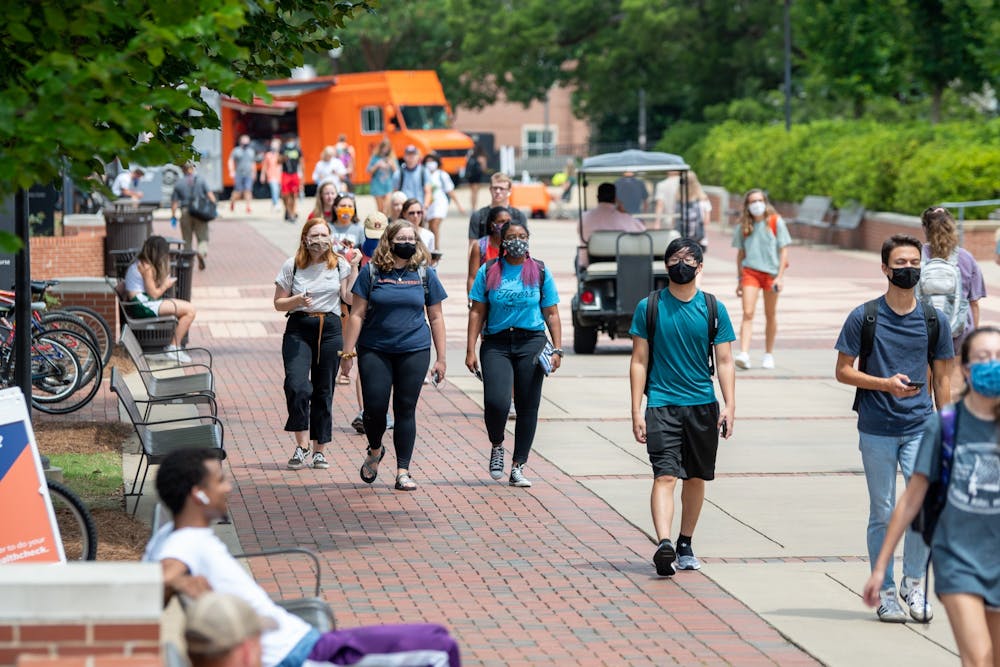
Don Mulvaney, associate professor of animal sciences and chair of the Auburn University Senate, said through conversations with Dr. Fred Kam, director of the Auburn University Medical Clinic, he was informed that the University said it does not know of any positive COVID cases traced to exposure in a classroom.
This was later disputed by Richard Sesek, associate professor of industrial and systems engineering, who said he was made aware of one instance where someone claims they contracted the virus from classroom interactions. He said he considers it “disingenuous” for the University to claim no cases have resulted from in-person classes.
“I know anecdotally from a person who taught a lab with eight people in the lab that were positive,” Sesek said. “That person was then positive. When they went in and reported everything, they were only questioned about the two days prior to them reporting, which was over the weekend. It’s kinda meaningless; you don’t find things you’re not looking for.”
If true, the beginning and ending of class could play a role in exposure for larger classes — a point brought up by Vanessa Falcao, chemistry and biochemistry lecturer. Falcao said with her spring classes, there will be a large influx and outflow of students entering and exiting the room in a short period of time.
“I’m teaching classes of 200 students in Foy with a classroom for 400,” she said. “I’m going to have 200 coming in and 200 coming out of Foy in 10 minutes. How can it be ... organized in such a way where it is not my responsibility but ... [of] the University to make sure we have a safe environment for students?”
II. Masks and Mandates
Face coverings are not handled well by the University, several faculty said. They believe Auburn has made a poor effort in ensuring individuals on campus wear masks based on behavior they have seen this semester with limited visitor numbers.
Tan said she thinks the University’s COVID-19 face protection protocols have been at odds with its status as a Carnegie R1 research institution.
“[At Auburn], we have made a dedicated commitment to putting evidence-based decision making first, to believe in the scientific method, to put data in front of feelings and politics,” she said. “I am disappointed we have made decisions such as allowing face shields in lieu of face masks ... [of which] there is no evidence face shields provide protection for the wearer or the people around them from COVID-19.”
Her claim is backed by the Centers for Disease Control and Prevention, which “does not recommend use of face shields ... as a substitute for masks,” as stated on a page on its website about operating schools amid the pandemic.
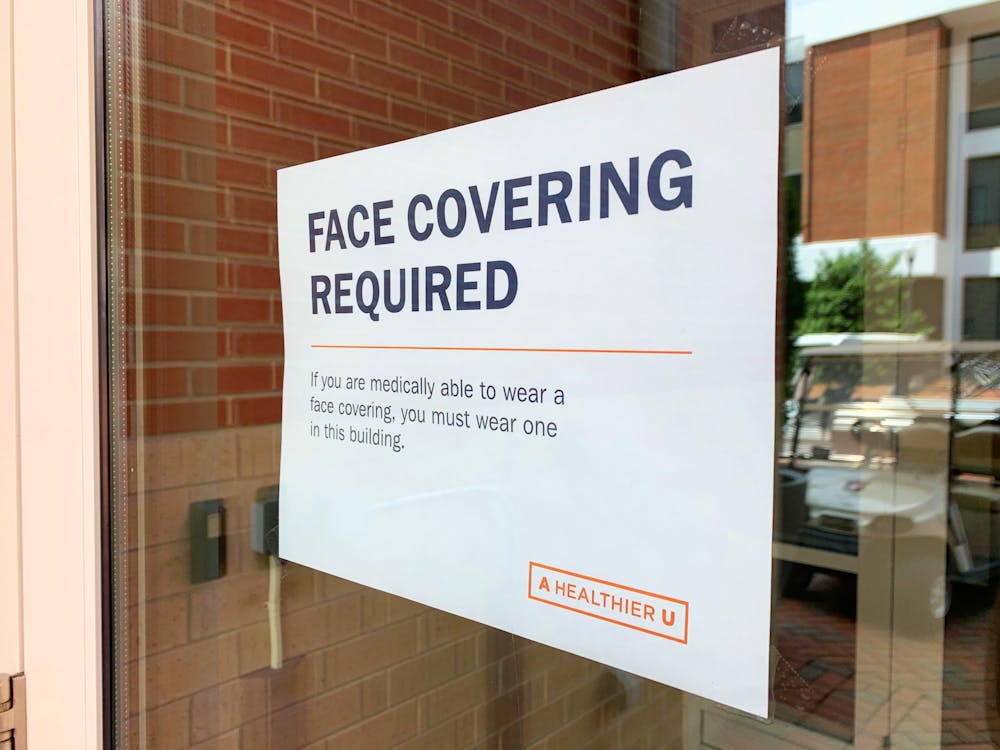
Joanna Sztuba-Solinska, assistant professor of biological sciences, is a virologist who said she has been “shocked and disappointed” by what she feels is apathy by the University in exposing high-risk individuals to the coronavirus.
“I’ve worked with many different viruses in the past, and this one is no joke,” Sztuba-Solinska said in the meeting. “I’ve seen a very dangerous trend of students not wearing masks inside our buildings, which concerns me greatly.”
As the pandemic lingers on, faculty said they understand the fatigue of wearing face coverings, but those like Susan Youngblood, associate professor and associate department chair of English, suggested a financial incentive to keep people on campus following masks guidelines. She did not specify a specific financial incentive for following guidelines.
“I think we need some teeth in the mask mandate on campus,” she said. “We need something other than faculty members who happen to see them in the hall telling students to put their masks on because that’s not going to be effective.”
III. The Costs of Teaching in Person
Many faculty in the meeting felt continuing a mostly virtual approach to courses would be preferable to not complicate class scheduling.
Science and some business courses at Auburn require an additional hands-on laboratory course that students attend one day a week separate from the lecture class — an aspect that has been disrupted by the nature of COVID-19. Shashank Rao, professor of supply chain management, said he has a lab course of 30 students in a room fitting exactly that number and would have to split attendance to adhere to the 50% capacity rule and safely distance students if his class is in-person in the spring.
“There is no option but to have half the students on a Monday schedule and half the students on a Wednesday schedule,” he said. “There is just no way to do it if we are going to go on ground.”
Paris Strom, professor of educational psychology, weighed the balance of what he called “necessary and unnecessary risks.” He cited service learning within the college of education as an example of an unnecessary risk, where students perform volunteer work in public schools.
“Doing an internship ... is required by the State Department of Education, [but] service learning is not — you can do it through other means, stuff that’s not in the public schools,” Strom said. “We are all seeing the jargon on [University] email and postings about minimizing risk. How can you say you are using the word ‘minimize’ when we know the only way to truly minimize risk ... would be to have classes on Zoom?”
IV. COVID-19 Testing
One way the University has sought to “minimize risk” has been through COVID-19 testing, which proved to be a contentious topic during the meeting.
Students were required to register for a reentry test before returning to campus, but it was unclear to faculty on Tuesday afternoon whether the same will be done in the spring, during which 70% of classes will be in-person.
“When the students come back in the spring before we start all of the process, is there going to be any widespread testing ... so that we know where everyone stands as we move forward?” asked Scott Ketring, associate professor and director of the marriage and family therapy program.
Todd Steury, associate professor in wildlife biology and statistics, said the administration told professors “there [are] no plans to do any testing before spring” at an earlier meeting this semester.
“I would be surprised if there were no testing,” said Robin Jaffe, associate professor in theater, in response to Steury.
The possibility of spring reentry testing is still uncertain. Sztuba-Solinska said she personally believes Auburn’s level of testing, in general, is inadequate when compared to other colleges and universities.
“We should all be tested twice a week at least,” she said at one point in the meeting. “The procedure’s crawling, and I don’t understand — [Auburn’s] an R1 research institution, we have resources, we have funds for this. We need to protect each other and our students, and that’s the first thing that needs to be solved.”
V. Sentinel Testing
Through a partnership with GuideSafe, an initiative launched by the University of Alabama at Birmingham, Auburn has performed sentinel testing throughout the fall where students, faculty and staff are randomly selected to receive tests, although participation is voluntary. The University announced on Monday, Nov. 9 that it will manage sentinel tests in-house in the spring.
Regardless, professors think these tests have been poorly issued.
Anthony Moore, professor in the college of veterinary medicine’s department of clinical sciences, said he has received two requests for sentinel testing in the past two weeks. Meanwhile, he said others he knows have not received a request in weeks, if at all this semester.
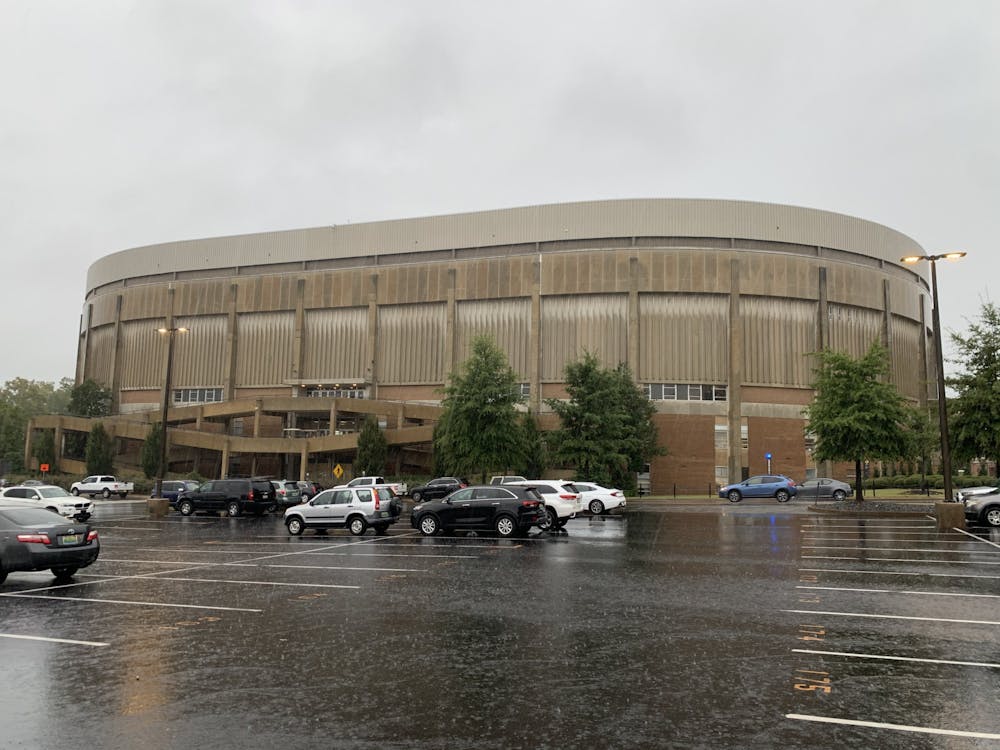
Auburn University offered vaccines in Beard-Eaves Memorial Coliseum in spring and will provide booster shots there this semester.
Another example came from Chris Newland, professor of psychology, who said he knows a graduate student who has received three sentinel tests.
“If this is a large pool, how could that possibly happen?” Newland asked. “This is not a pool that is representative of the student body, and as it exists right now, any information that we have from sentinel testing is of zero value. In fact, it may even be counterproductive.”
Susan Youngblood agreed, citing a Sep. 14 article from the University in which Kimberly Braxton Lloyd, associate dean of clinical affairs and outreach for the Harrison School of Pharmacy, said Auburn’s target for sentinel testing is to test “between 800 and 1,000 people each week.”
The most sentinel tests done in a week is 627, for the week ending Nov. 8.
Newland in particular was frustrated that people can decline sentinel testing and still receive a green screen through the daily GuideSafe Healthcheck screener, which he said he and Tracy Witte raised in a recent letter to The Plainsman and the University’s COVID-19 Resource Center.
“We asked that sentinel testing be linked to the GuideSafe program,” Newland said. “Why is that anybody ... can refuse the sentinel testing and still get the clearance from the GuideSafe system? If they refuse sentinel testing, they should not be cleared, it should be assumed they are positive.”
Steury said this is being considered for the spring under the University’s management.
VI. No Confidence
As deliberation about what the spring 2021 semester should look like and how the University should approach it, proposals of votes of no confidence persisted throughout the meeting. At first, they were aimed toward Provost Bill Hardgrave.
A vote of no confidence is meant to show that the majority of a body does not support a policy instituted by its administration.
Michael Stern, associate professor of economics, said his meetings with Hardgrave “do absolutely no work whatsoever in order to facilitate the things [Hardgrave] said will be done.” He said the provost did not meet with faculty in his department in preparation for both the fall and spring semesters to ensure COVID-19 safety.
“When I confronted him at the last [University] Senate meeting about what to do, he said we’ll have a conversation,” Stern said. “I emailed him after the meeting ... [and] that was two weeks ago; to this day, no one has had a conversation with me.”
Mulvaney declined Stern’s request for a no confidence vote, which resulted in Stern leaving the meeting.
According to the rules of the Faculty Senate Executive Committee’s meetings, such an action would need to be added to the agenda. Mulvaney said the proposal will be raised at the next chapter meeting in spring.
Luke Oeding, associate professor of mathematics and statistics, said he thinks fellow faculty should exercise caution in seeking votes of no confidence.
“I know that the resources we have in [my] department are low because of former actions taken by my older peers who did votes of no confidence a long time ago,” Oeding said. “I want to encourage us to not try to go to a nuclear option because things are not going as well as we want them to.”
With this in mind, faculty decided to not hold a vote of no confidence on the University’s existing plans for the spring semester, supported by the AAUP chapter’s recommendations to the University.
To comply with the rules of the meeting, they elected to issue a motion asking that the University “implement the AAUP guidance for the start of the Spring 2021 semester.”
Correction: A previous version of this article stated the meeting on Tuesday, Nov. 10 was an AAUP Auburn chapter meeting. It was a special meeting of the University faculty called by the Faculty Senate Executive Committee. The mistake has been fixed below, and The Plainsman apologizes for the error.
Do you like this story? The Plainsman doesn't accept money from tuition or student fees, and we don't charge a subscription fee. But you can donate to support The Plainsman.
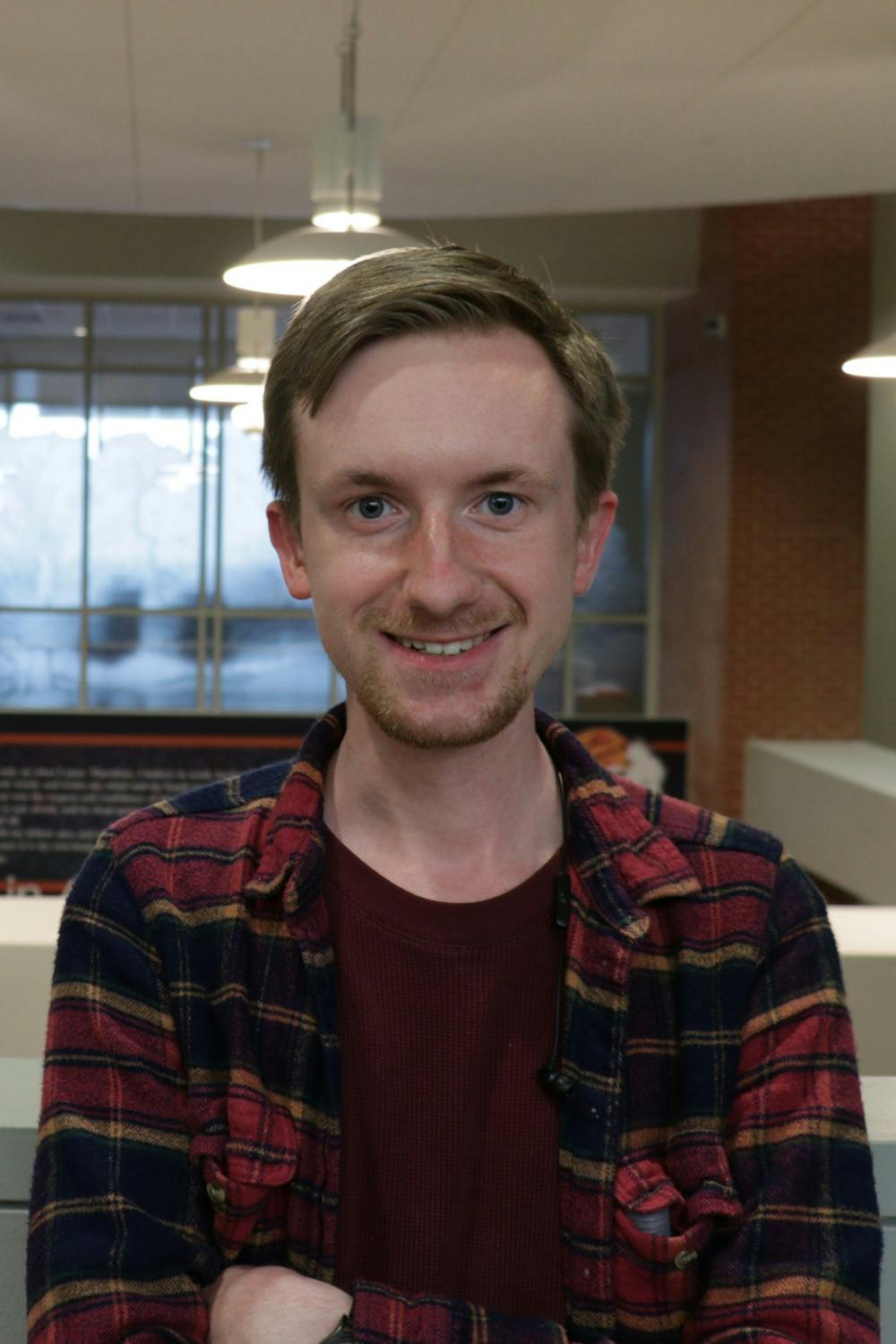
Tim Nail, junior in journalism, is the campus editor for The Auburn Plainsman.

